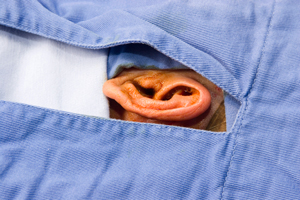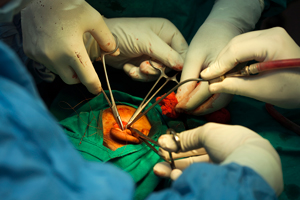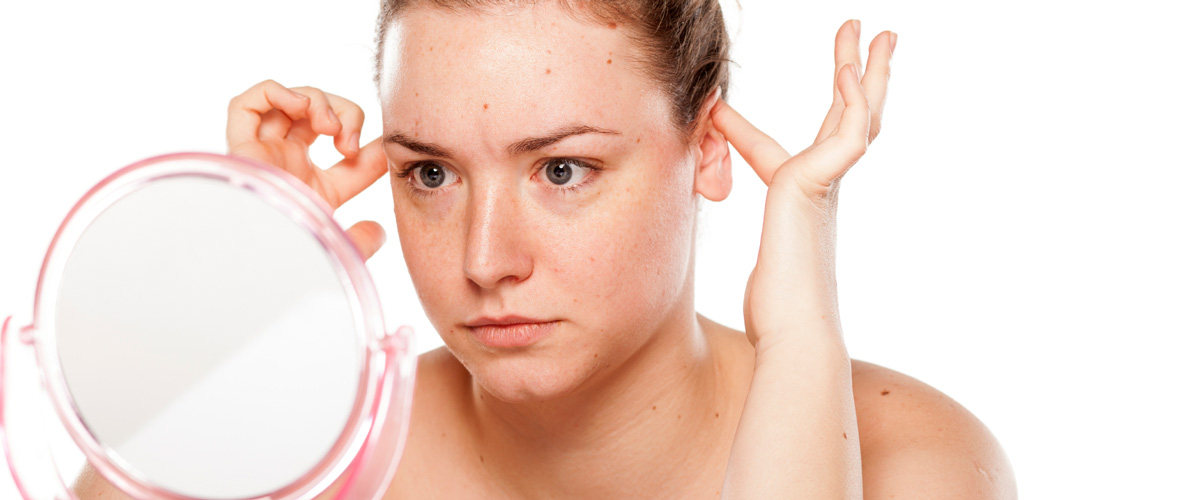When it comes to your face, its ok to be picky. It’s also ok to do a lot of research before you alter it to achieve a result that you have been after for a long time.
 Our ears are not usually the feature on our face that we want to catch anyone’s attention. Ears that protrude can be the source of self-consciousness and shame. Children who have prominent ears get teased at school and carry scars from being called names like ‘dumbo,’ for the rest of their lives.
Our ears are not usually the feature on our face that we want to catch anyone’s attention. Ears that protrude can be the source of self-consciousness and shame. Children who have prominent ears get teased at school and carry scars from being called names like ‘dumbo,’ for the rest of their lives.
For these reasons and many others, an otoplasty might be on the agenda for you or someone you know. However any surgery comes with physical as well as financial costs.
Before undertaking any surgery it is most important to understand what kind of pressure you are putting your body through and how long it will take for you to feel like your normal self again.
Otoplasty – Recovery time
In deciding to undergo an otoplasty you will probably want to know how long it will take for you to recover from the surgical pinning back of your ears. The answer is that it really depends on exactly how much work needs to be done on your ears and on your bodies response to the surgery. Here are some guidelines on how long you might be out of commission for, and what kinds of post op pain, swelling and bruising you are likely to experience. Adults can have their ears pinned back as an outpatient or under general anesthesia, while children generally undergo general anesthesia.
Otoplasty Bandages
Patients emerge from the surgery with their head wrapped in a bandage that they have to keep on for the first 5-7 days post surgery. The full head wrap is eventually reduced to a head band type dressing that patients should wear for up to a month.
Sleeping and Otoplasty
The first nights sleep will be a challenge, especially if you are a side sleeper. You will be instructed to rest with your head raised and will possibly only be able to sleep on your back with your head directly in the middle of a firm pillow that wont hit your ears. Some patients sleep on their side with their heads angled forward so only their cheek hit the pillow as opposed to their ears.
Otoplasty Aftercare
 Your ears will be sore and might throb somewhat. You will most probably feel nauseous. Chewing will also be difficult initially as it will hurt your ears. You will probably have soup for the first 48 to 72 hours. Your throat will also be sore if you had a general anesthetic. These symptoms are normal and should be temporary. Your doctor will let you know what the best options are for you in dealing with these.
Your ears will be sore and might throb somewhat. You will most probably feel nauseous. Chewing will also be difficult initially as it will hurt your ears. You will probably have soup for the first 48 to 72 hours. Your throat will also be sore if you had a general anesthetic. These symptoms are normal and should be temporary. Your doctor will let you know what the best options are for you in dealing with these.
You will be able to walk and are encouraged to do so, particularly if you had a general anesthetic. This is to prevent blood clots. For the first week after surgery you will not be able to wash your hair.
Back to Work
 Recovery time varies from patient to patient, but for the most part, seven days after surgery, most patients are allowed to go back to work and around the same time, children are able to return to school. The exact date should be consulted with your doctor per the specifications of the patients healing process.
Recovery time varies from patient to patient, but for the most part, seven days after surgery, most patients are allowed to go back to work and around the same time, children are able to return to school. The exact date should be consulted with your doctor per the specifications of the patients healing process.
There are strict rules in place to limit the activity of otoplasty patients for up to 6 weeks after surgery and sometimes longer. Some of the things patients are advised against are:
- Undertaking aerobic exercise of any kind.
- Taking showers. The water pressure is likely too much for your ears so baths are suggested.
- Any facial expressions that can put pressure on your ears.
- Wearing clothing that has to be pulled over your head. It is better to wear clothes that fasten in the front to avoid it brushing against your ears.
Otoplasty Bruising
There is a substantial amount of swelling and bruising on and around your ears after surgery. Do not be alarmed by this. It is best to keep the head elevated and cool in the first week after surgery. Most of the swelling will subside in the first week. Final results will start appearing six to eight weeks after surgery.
Otoplasty Scars
Scars from an Otoplasty are typically well hidden. To effectively ‘pin back,’ your ears, a small incision is required behind the ear right at the fold between your scalp and the ears.




